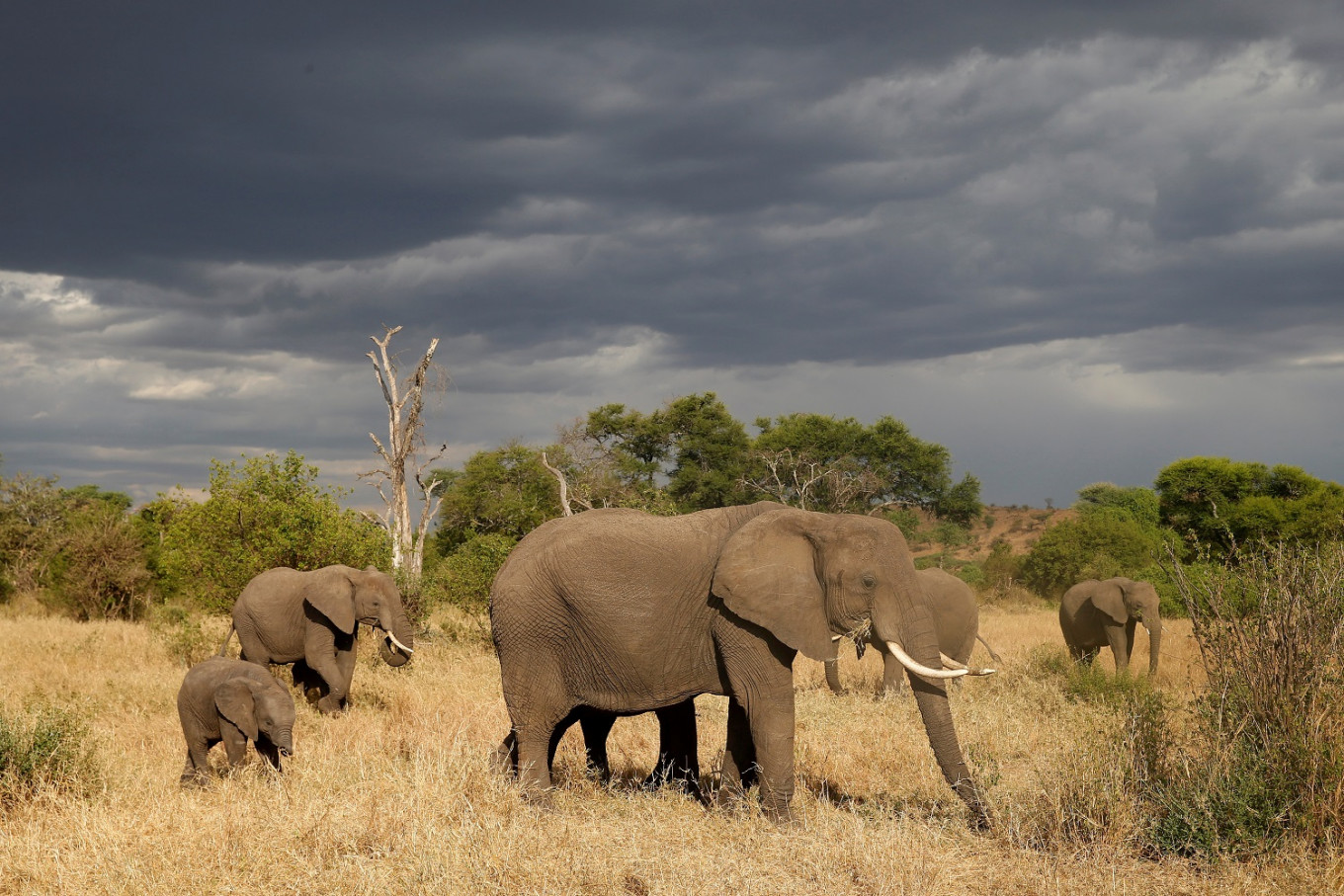Popular Reads
Top Results
Can't find what you're looking for?
View all search resultsPopular Reads
Top Results
Can't find what you're looking for?
View all search resultsHerbivores face higher extinction risk than predators: Study
Herbivores face a higher risk of extinction than predators, whether they are mammals, birds or reptiles.
Change text size
Gift Premium Articles
to Anyone
H
erbivores face a higher risk of extinction than predators, whether they are mammals, birds or reptiles, according to an extensive study of 24,500 species both living and extinct that was published Wednesday.
The paper, which appeared in Science Advances, suggests herbivores have suffered a higher extinction rate over the past 50,000 years compared to other parts of the food web and the trend continues to this day.
This contradicts the idea, based on anecdotal evidence, that predators are the most vulnerable because they have extensive home ranges and slow population growth rates.
The threat is greatest for reptile herbivores, such as turtles, and large herbivores, like elephants.
"There is so much data out there and sometimes you just need someone to organize it," said Trisha Atwood, an ecologist at Utah State University and the first author of the study.
Researchers first looked at modern day extinction risk patterns among herbivores, omnivores and predators in mammals, birds and reptiles at different levels of the food web.
They performed the same analysis on species from the late Pleistocene epoch, beginning 11,000 years ago for Africa, North America and South America, and 50,000 years ago for Australia
Finally, they examined how body size and position in the food web affected the threat status among 22,166 living species.
The authors wrote that though there are probably several reasons for the trend, certain man made interventions seemed to affect herbivores more than others.
"Invasive vertebrates (e.g., rats), insects (e.g., fire ants), and plants (e.g., Hottentot fig) have all been implicated in the decline and even extinction of several reptiles," they said.
What's more, invasive species, pollution and habitat alteration appeared to affect small herbivorous birds disproportionately.
There are certain exceptions: predators living in marine habitats did face an elevated extinction risk, suggesting they faced existential pressures than their land-dwelling counterparts.











